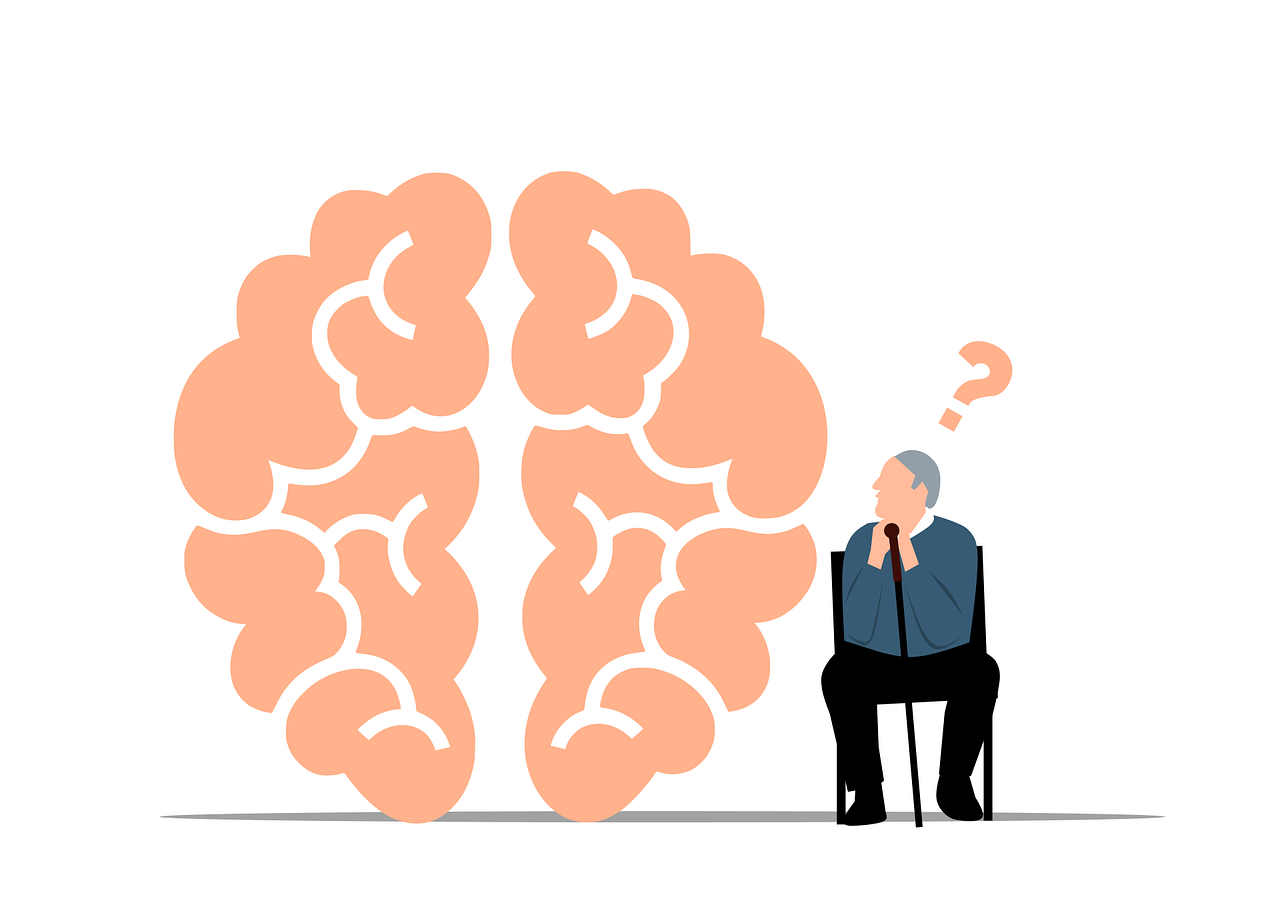Obsessive-Compulsive Disorder (OCD) is a common mental illness that affects 1-3% of the world’s population. It is marked by unwanted thoughts, or obsessions, doing the same things over and over again, or compulsions. These symptoms make patients’ lives very difficult because they take up a lot of time, make them very upset, and make it […]

